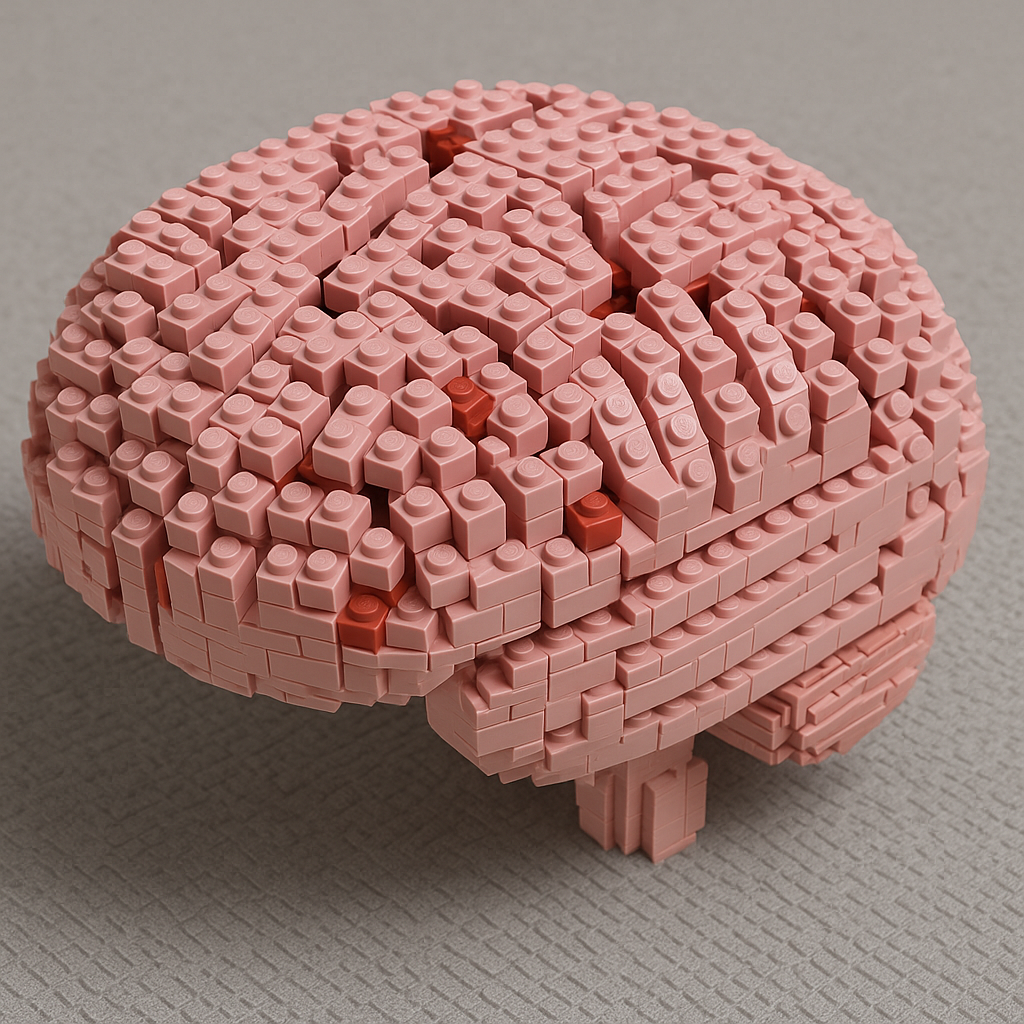Breakthrough study reverses age-related memory decline – paving way for human trials
University researchers from Cambridge and Leeds are raising hopes that age-related memory decline in humans might one day be preventable.

A UK team reversed memory loss by restoring key brain compounds. (CREDIT: Shutterstock)
A team of scientists from the University of Cambridge and the University of Leeds has uncovered a way to restore memory in older mice, raising hopes that age-related memory decline in humans might one day be preventable.
Their work, published in Molecular Psychiatry, focused on tiny, cartilage-like structures in the brain called perineuronal nets, or PNNs. These structures wrap around certain nerve cells, helping to stabilize brain activity as we age. While this stability is useful, it comes at a cost—PNNs also limit the brain’s flexibility, or neuroplasticity, which is vital for learning and forming new memories.
The Brain’s Changing Chemistry with Age
PNNs are made up of compounds called chondroitin sulphates. One type, chondroitin 6-sulphate, helps promote brain flexibility, while another, chondroitin 4-sulphate, does the opposite. In youth, these compounds are more balanced, but as the years pass, levels of the “good” chondroitin 6-sulphate drop.
That shift makes it harder to store new information and can contribute to the forgetfulness often seen later in life. Researchers wondered: if you could restore those helpful compounds, could you turn back the clock on memory?
Testing Memory in Mice
To find out, the team studied very old mice—around 20 months old, which is late in their lifespan—comparing them to young six-month-old mice. One test involved placing each mouse in a Y-shaped maze with two identical objects at the ends of the arms.
Later, one of those objects was replaced with a new one. Young mice usually spend more time exploring the unfamiliar object, showing they remember the old one. Older mice, however, often fail to notice the change.
Related Stories
- Staying active slows down memory loss and keeps your brain sharp, study finds
- Scientists identify two enzymes driving memory loss in Alzheimer’s disease
When the researchers treated the older mice with a special viral delivery system that boosted chondroitin 6-sulphate in their PNNs, something remarkable happened: their performance returned to youthful levels. “The memory and ability to learn were restored to levels they would not have seen since they were much younger,” said Dr. Jessica Kwok from the University of Leeds.
Engineering Memory Decline and Recovery
To confirm the role of chondroitin 6-sulphate, the team bred mice that naturally produced very little of it, mimicking an aged brain. Even at just 11 weeks old, these mice showed signs of memory loss. Yet when their chondroitin 6-sulphate levels were restored, their memory improved dramatically, matching that of healthy young mice.
Professor James Fawcett from Cambridge’s John van Geest Centre for Brain Repair said the findings could have important implications for people. “Although our study was only in mice, the same mechanism should operate in humans—the molecules and structures in the human brain are the same as those in rodents. This suggests that it may be possible to prevent humans from developing memory loss in old age.”
Looking Toward Human Applications
The researchers were already eyeing a possible treatment. They identified an existing drug, licensed for human use, that could be taken orally and inhibit PNN formation. In mice and rats, the drug not only restored memory but also improved recovery after spinal cord injuries.
The approach—delivering treatments directly to brain structures using viral vectors—is gaining traction in the field of neurology. Recent research continues to reveal how PNNs influence age-related memory and brain dynamics.
In 2025, Mehak et al. used an accelerated aging model in mice to focus specifically on the CA2 region of the hippocampus. The researchers found that older mice showed both recognition memory impairments and weakened theta brain rhythms, coupled with denser PNNs in the dorsal CA2.
Remarkably, when they selectively digested PNNs using chondroitinase ABC (ChABC), both recognition memory and theta oscillations bounced back. This suggests that targeting PNNs in that area could be a promising path to counter cognitive decline in aging.
Alexander et al. added another layer by showing that PNNs wrapping CA2 pyramidal cells (versus parvalbumin-positive interneurons) play different roles in memory and reversal learning. This finding implies that not all nets are created equal and that some are more involved in social and flexible learning than others.
Meanwhile, human studies have begun to catch up: Lehner et al. (2024) found that in the human hippocampus, PNN density increases with age—and even more so in patients with hippocampal sclerosis. Intriguingly, among epilepsy patients, higher PNN levels correlated with better memory before surgery, hinting that these structures might support memory preservation in certain conditions.
Practical Implications of the Research
If these results hold true in humans, future treatments could help older adults retain sharper thinking for longer, potentially delaying or even preventing cognitive decline. Such therapies might also aid recovery from brain injuries or illnesses where memory is affected, like Alzheimer’s disease or certain forms of dementia.
For researchers, this opens new doors in the study of brain plasticity and aging. Instead of focusing solely on damaged neurons, scientists could target the structures surrounding them to restore lost function. In time, these findings might reshape how we think about aging—not as an inevitable loss of mental capacity, but as a process we can influence.
Note: The article above provided above by The Brighter Side of News.
Like these kind of feel good stories? Get The Brighter Side of News' newsletter.



